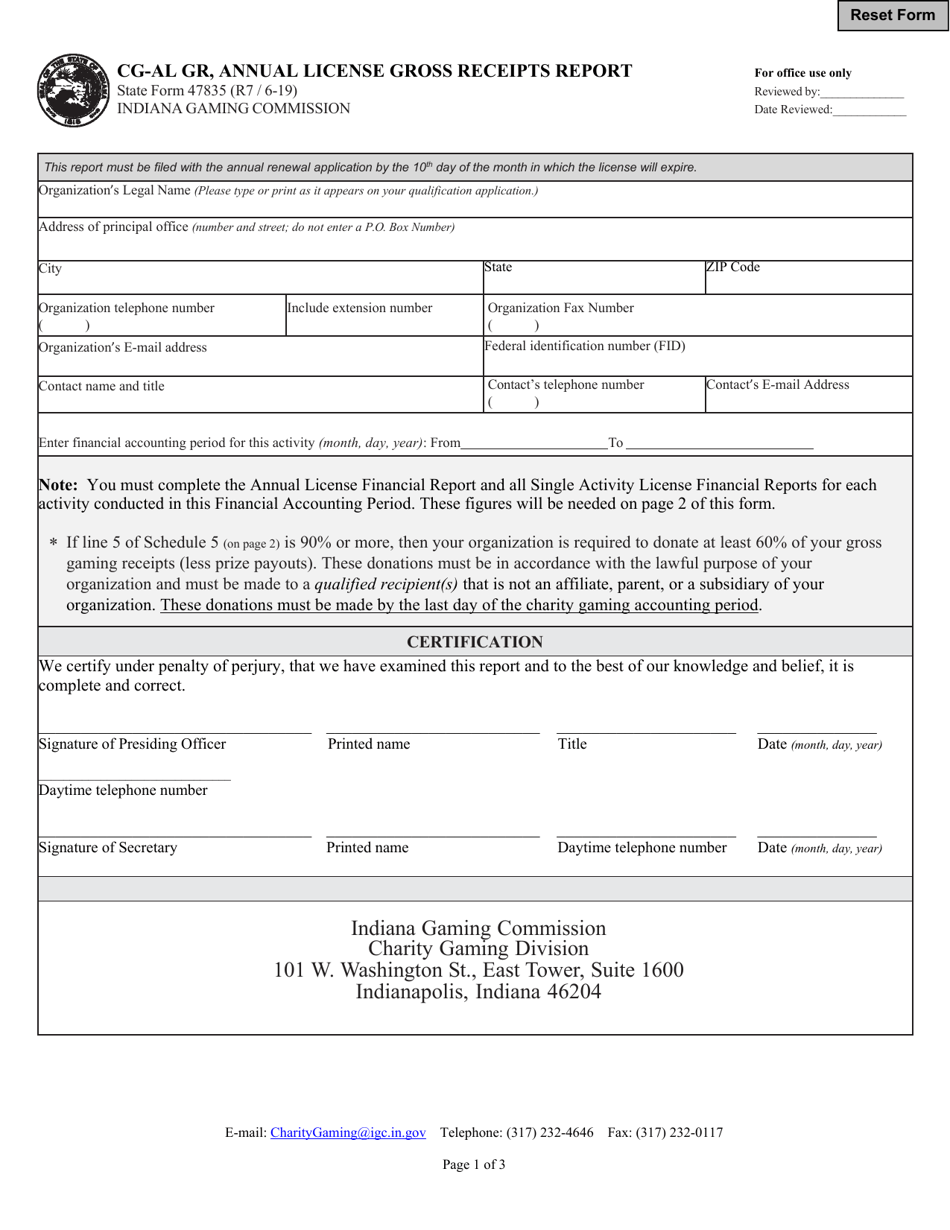
We have had certain discussions with parties involved in this area and SBA and Congress may have intended only Medicare wages qualifies for a PPP loan. This change is only for Schedule F farmers.įinally, the restriction against allowing PPP loans for payroll related to commodity wages may be correct. Self-employed partners do not appear to qualify for the gross income adjustment. He is unable to apply for a Second PPP loan. His Schedule F had at least one quarter where gross receipts were at least 25% lower, however, when combined with his Schedule C tax preparation business, he had no quarter where gross receipts declined by at least 25%. The 25% reduction in gross receipts is based upon all aggregated gross receipts not just one entity’s gross receipts.Įxample – Assume Ben, a Schedule F farmer also has an income tax preparation business reported on Schedule C.

We also think that any farmer who did not apply for a loan since they showed a loss on their Schedule F and did not have any employees should be able to apply for a loan. If a self-employed farmer showed a net loss on their 2019 Schedule F but their “gross income” was greater than $100,000, then that farmer is allowed to increase their First PPP loan up to the maximum $20,833.


In our previous post on PPP loans for Schedule F farmers we used the words gross receipts and gross income on purpose.


 0 kommentar(er)
0 kommentar(er)
